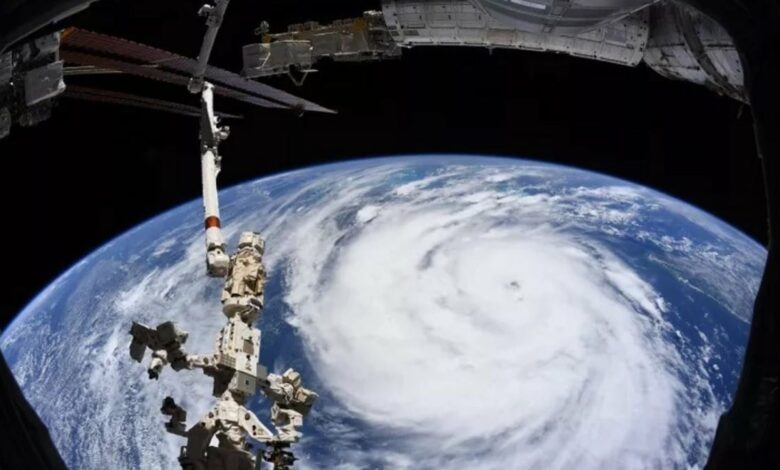Why are extreme heat hotspots defying global climate expectations?

A recent study published in Proceedings of the National Academy of Sciences has identified regions experiencing global heatwave extremes that exceed climate model predictions. These anomalies, spread across every continent except Antarctica, have been linked to thousands of deaths, agricultural failures and serious forest fires in recent years, according to several reports. The research highlights the challenges in understanding and projecting the physical dynamics driving these unexpected temperature extremes, raising concerns about the adequacy of current climate models in estimating regional risks.
Intensification of heat waves and global hotspots
The studyled by Dr. Kai Kornhuber, adjunct scientist at Columbia Climate School and senior researcher at the International Institute for Applied Systems Analysis, analyzed data from the past 65 years. It identified areas where extreme heat is increasing faster than moderate temperatures, resulting in record-breaking maximum temperatures.
Examples of this include the June 2021 Pacific Northwest heat wave, which saw temperatures in Lytton, British Columbia, rise to 121.3 degrees Fahrenheit, causing a wildfire that decimated the city.
According to sources, the regions most affected include northwestern Europe, parts of Asia such as central China, and regions in Australia, Africa and South America. Northwestern Europe has seen the most consistent signals, with heatwaves contributing to 60,000 deaths in 2022 and 47,000 in 2023.
According to the study, peak summer temperatures in this region are rising twice as fast as average summer temperatures, which is further exacerbated by the lack of widespread air conditioning.
Insight into the underlying mechanisms
Scientists attribute some of these extremes to disruptions in the Northern Hemisphere’s jet stream, which is affected by Arctic warming. This destabilization has created Rossby waves, which trap hot air over temperate regions.
Dr. Samuel Bartusek, co-author of the study, highlighted the interplay between factors behind the Pacific Northwest heat wave, including vegetation drying and atmospheric heat transport. However, the research recognizes gaps in understanding, with some events described as ‘grey swans’, falling between predictability and randomness.




